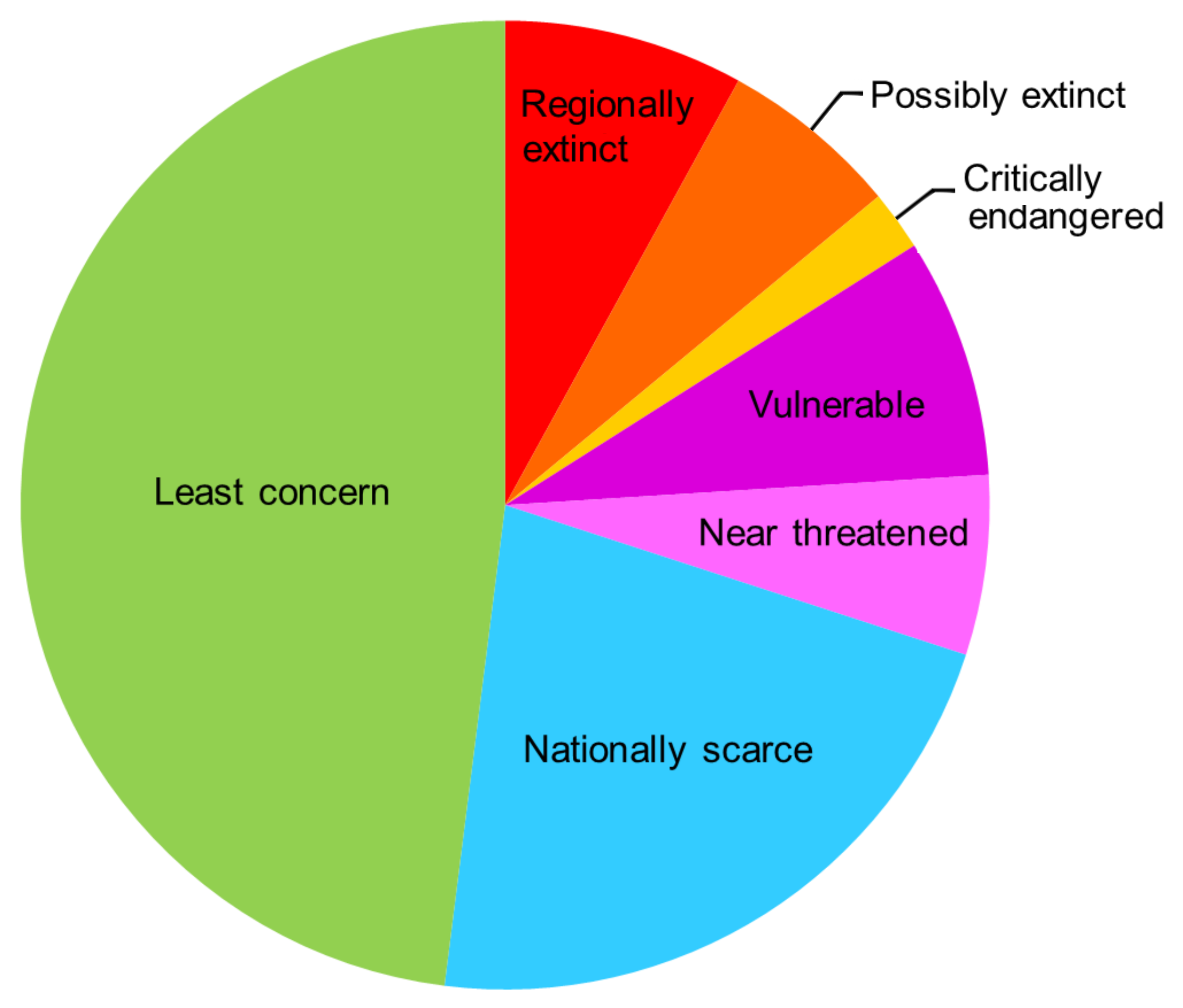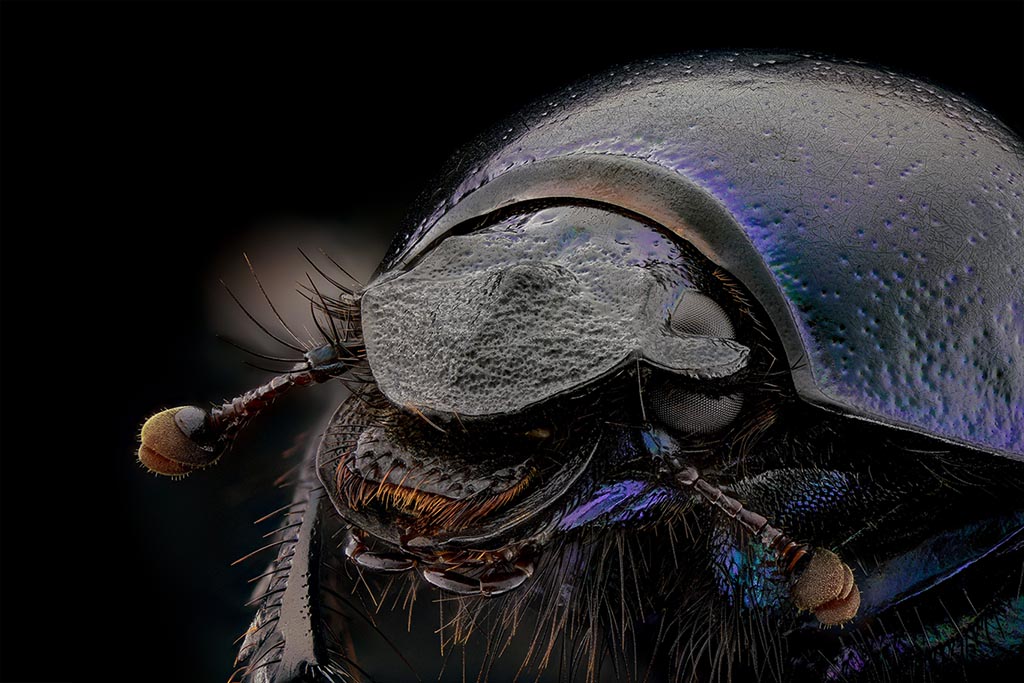Dung Beetles
Dung beetles are a group of beetles whose existence is completely dependent on animal dung. They exist in all sorts of dung, from cattle, sheep and horse through to alpaca and deer. Some are generalists whilst others are specific to only one breed of animals’ dung.
These insects perform a critical role in providing important ecosystem services in grasslands, including the recycling of dung from the surface back into the soil, and reducing parasite burdens in livestock. They are key to kick starting the process of pasture ecology soil health and provide economic benefits through the services they provide, by lowering the costs of maintenance.
As part of an up-to-date assessment of the status of species in the UK, Natural England commissioned a range of reports (NECR224) on stag beetles, dor beetles, dung beetles, chafers & their allies. The review showed that many of our dung beetle species were in serious trouble, with almost 50% categorised as nationally scarce or threatened to some degree. Reasons behind the increase in conservation concern for dung beetles are largely attributed to changes in agricultural practices and land management.

Farmers and land managers can play a significant positive role in protecting and enhancing populations of these soil building, ecosystem engineers who provide benefits by improving our pasture and protecting livestock. What can I do to help?
Types of dung beetles
Dung beetles are an incredibly diverse group of invertebrates, which be categorised into four ecologically distinct groups: dwellers (Endocoprids), tunnellers (Paracoprids), stealers (Kleptocoprids) and rollers (Telecoprids). ‘Dwellers’ spend their entire life cycle inside the dung pad, while ‘tunnellers’ spend more time beneath the pad, burrowing below to build brood chambers and burying dung for their larvae to feed on. ‘Stealers’ often take advantage of tunnellers by occupying tunnels for the development of their own larvae and stealing the already buried dung. The fourth type, ‘rollers’, well recognised from TV documentaries, are more commonly found in the warmer climates of the southern hemisphere. In these warmer climates there is more competition for the dung; hence the dung beetles roll it away before burying it in brood chambers to keep it from competing beetles.
In UK, there are 60 species across three taxonomically distinct groups of dung beetles:
- Aphodiines (‘dwellers’ and ‘stealers’)
- Onthophagus (‘tunnellers’)
- Geotrupes (‘tunnellers’)
Aphodiines (‘Dwellers’)
This group of dung beetles have the most members, around 40 distinct species, and live in the dung. If you open a dung pad up and see larvae curled up it will be Aphodiines. They are the most difficult of dung beetles to identify.
Approx. 3-13mm in length
Onthophagus (‘Tunnellers’)
These dung beetle also live in the dung, but they tunnel underneath it, up to a meter in depth. They pull small dung balls down a tube they dig under the dung and lay their eggs in it. They tend to have a more rounded shape compared to the dwellers and are true scarab beetles, made famous by Egyptology.
Approx. 4-11mm in length
Geotrupes (‘Tunnellers’)
This group of dung beetles are also tunnellers but a lot bigger than Onthophagus beetles. Again, they live under dung pats taking the dung into the ground.
Approx. 8-26mm in length
We have day active dung beetles which you can see fly around when the temperature is above 15°C, where as some dung beetles fly at night. As they are flying around they use their antennae to smell where the dung is. Different species of dung beetles prefer different decomposition stages of dung, some will fly in straight away on fresh dung whereas others prefer older dung. They also will prefer dung in different locations and soil types, some like dung in muddy poached areas, some the shadow of a hedge / trees. And finally, some dung beetle are specific to dung from certain species (sheep, cattle, horse etc). As well as those that are specialists there are dung beetle species that are generalists, being less specific to dung age, location or the animal that produced it.
More information on how to find and identify dung beetles can be found here
Dung beetles are complex beautiful beetles, as can be seen in this highly magnified detailed photo of an Anoplotrupes Stercorosus dung beetle (generously provided by Thorben Danke )

Dung pats
Dung of a good consistency provides a good home for dung beetles, which requires cows to have good fibre in their diet. Dung beetles can not only drown in wet dung but if the dung is too wet, they cannot made dung balls to take down into the ground making the pat inhospitable. A good depth of a pat is also important as it gives them somewhere to hide from predators.
To start decomposition dung beetles need to be in the dung within 2-3 days. If they do not get into the pats early, then the pat will sit on the pasture and be reliant on weathering to remove it (a long process); negatively impacting grass growth.
Dung pats are a small ecosystems in their own right. They contain more than dung beetles.
References
- Lane, S. A. & Mann, D. J. 2016. A review of the status of the beetles of Great Britain: The stag beetles, dor beetles, dung beetles, chafers and their allies-Lucanidae, Geotrupidae, Trogidae and Scarabaeidae , Natural England.
